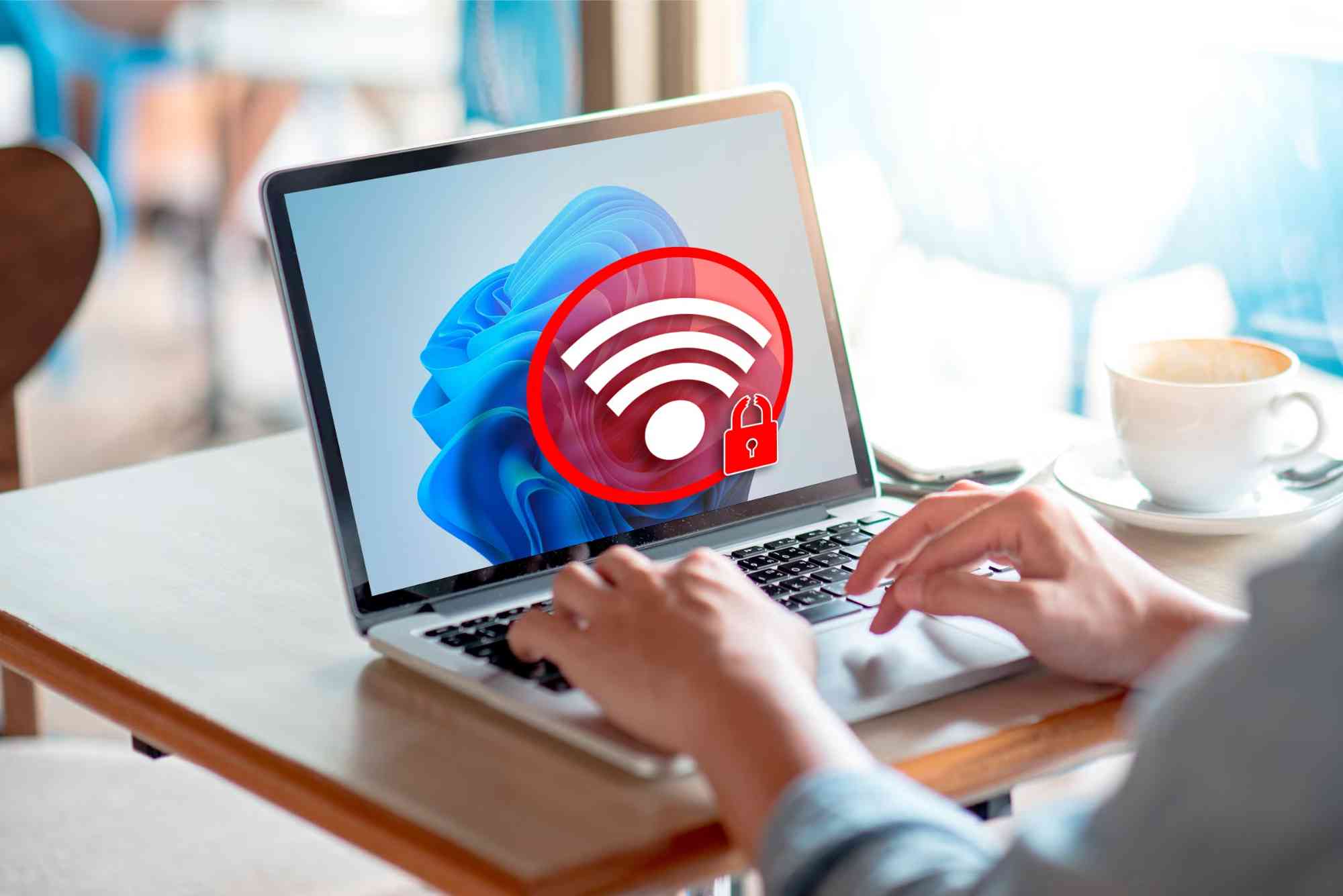Why Is My Cable Internet Down? Common Causes
A sudden loss of connection can disrupt work, streaming, or gaming. When your cable internet stops working, frustration kicks in instantly. Understanding cable internet outage reasons helps you quickly identify what’s wrong and fix it without wasting time.
In this article, we’ll explore the most common causes of cable internet outages, how to troubleshoot them effectively, and when to contact your provider.
Understanding Cable Internet Outages
Cable internet relies on a network of coaxial cables connecting your home to your Internet Service Provider (ISP). Any break or malfunction in this chain can lead to an outage. Sometimes, the issue is within your home setup. Other times, it originates from your ISP or external infrastructure.
Recognizing where the problem lies is the first step toward solving it.
Common Cable Internet Outage Reasons
ISP Network Maintenance or Outages
One of the most frequent cable internet outage reasons is scheduled maintenance or unscheduled network failures by your ISP. Providers often upgrade or repair network components to ensure better performance. During these updates, internet service may temporarily go offline.
Check your ISP’s website or social media pages for outage reports. Some companies provide live outage maps showing affected areas in real time.
Damaged or Loose Cables
A loose or damaged coaxial cable connection can cause intermittent connectivity or complete signal loss. Over time, wear and tear, pets chewing on wires, or accidental disconnections can damage cables.
Inspect all cables running from your modem to the wall outlet. Replace frayed or bent cables and ensure all connections are tightly secured.
Faulty Modem or Router
Your modem and router are the heart of your home internet network. If they malfunction, you’ll likely lose connectivity. Faulty power supplies, overheating, or outdated firmware are common culprits.
Restart your modem and router. If that doesn’t help, reset them to factory settings or test another modem if available. Always ensure your devices’ firmware is updated to the latest version.
Overloaded Network
Too many devices connected simultaneously can slow down or crash your internet. Streaming, gaming, and large downloads use significant bandwidth, overwhelming your router and causing temporary outages.
To fix this, limit the number of connected devices or upgrade to a higher bandwidth plan. Using a dual-band or tri-band router can also distribute traffic more efficiently.
Power Outages or Electrical Surges
Power interruptions can disable your modem, router, or signal amplifiers. Even short blackouts can cause configuration errors in your equipment.
After a power outage, unplug your devices for a few minutes before restarting. If your area experiences frequent surges, use a surge protector to safeguard your equipment.
Outdated or Misconfigured Hardware
Older modems and routers may not support current ISP settings or speeds. Incompatibility between your devices and provider technology can lead to frequent drops.
Consult your ISP’s hardware compatibility list and replace outdated models. Newer equipment ensures smoother performance and fewer connectivity issues.
Environmental Interference
Electronic interference from microwaves, cordless phones, or other wireless devices can disrupt your Wi-Fi signal. Thick walls, metal objects, and poor placement of your router further weaken the connection.
Place your router in a central, elevated location and away from electronic devices. For larger homes, consider adding Wi-Fi extenders or a mesh network.
ISP Throttling or Network Congestion
Some ISPs intentionally slow down bandwidth during peak usage hours. This practice, called throttling, can make your connection feel unstable. Network congestion caused by high local usage can also reduce speeds.
Use an internet speed test to check if your bandwidth drops during specific hours. If throttling persists, consider switching to a more reliable provider such as Dhanote Internet Services for consistent performance.
Faulty Splitters or Signal Amplifiers
If your cable line splits between TV and internet, faulty splitters or amplifiers may weaken the signal. Older or low-quality splitters cause data loss and frequent disconnects.
Replace old splitters with high-frequency models compatible with broadband speeds. Your ISP can test signal strength to ensure optimal performance.
Local Construction or Line Damage
Nearby construction or roadwork can accidentally damage underground cables, leading to widespread outages. Even small line disturbances can interrupt service.
If you suspect physical damage, contact your ISP immediately. They can dispatch a technician to inspect and repair the line.
How to Troubleshoot Cable Internet Outages
Check for ISP Outages
Before assuming it’s your equipment, verify if your provider is experiencing a service interruption. Use their website or apps to confirm outage reports.
Restart Your Equipment
Power cycle your modem and router. Turn them off for at least 30 seconds before restarting. This clears temporary system errors and re-establishes the connection.
Inspect Cables and Connections
Check that all cables are firmly plugged in and undamaged. Replace any that appear worn or frayed.
Test With a Direct Connection
Connect your computer directly to the modem via an Ethernet cable. If the internet works, the issue may lie with your router or Wi-Fi network.
Update Firmware and Settings
Ensure your modem and router firmware are up to date. Outdated software can cause instability or compatibility issues.
Reset Your Equipment
If all else fails, reset your modem and router to factory settings. Reconfigure them with your ISP’s recommended setup.
Contact Your ISP
If the problem persists, reach out to your ISP’s customer support. They can remotely test your connection, diagnose signal problems, and dispatch a technician if needed.
Preventing Future Cable Internet Outages
Regular maintenance can help you avoid recurring cable internet outage reasons.
-
Use quality cables and splitters.
-
Keep your router firmware updated.
-
Place your router in a signal-friendly spot.
-
Avoid overloading your home network.
-
Protect equipment from power surges.
-
Choose a reliable service provider like Dhanote Internet Services for stable connectivity.
FAQs About Cable Internet Outage Reasons
Why does my cable internet keep disconnecting randomly?
Frequent disconnections usually result from loose cables, outdated hardware, or interference from nearby devices.
How do I know if the internet outage is from my ISP or my home setup?
If multiple neighbors report the same issue or the ISP’s outage map shows your area affected, the problem likely lies with the provider.
Can bad weather cause a cable internet outage?
Yes. Heavy rain, snow, or storms can damage lines, power systems, or network hubs, leading to temporary outages.
How often should I replace my modem or router?
Most experts recommend replacing them every 3–5 years to keep up with new technology and maintain stable connections.
What should I do if my internet is slow but not completely down?
Run a speed test, limit the number of connected devices, and check for background downloads. If speeds remain low, contact your ISP for support.
Cable internet outages are frustrating but often preventable with proper maintenance and awareness. By understanding cable internet outage reasons, you can quickly diagnose problems and restore connectivity without unnecessary stress.
If persistent outages disrupt your routine, consider upgrading to a dependable provider like Dhanote Internet Services for stable, high-speed connections. Reliable internet shouldn’t be a luxury — it should be your everyday standard.








